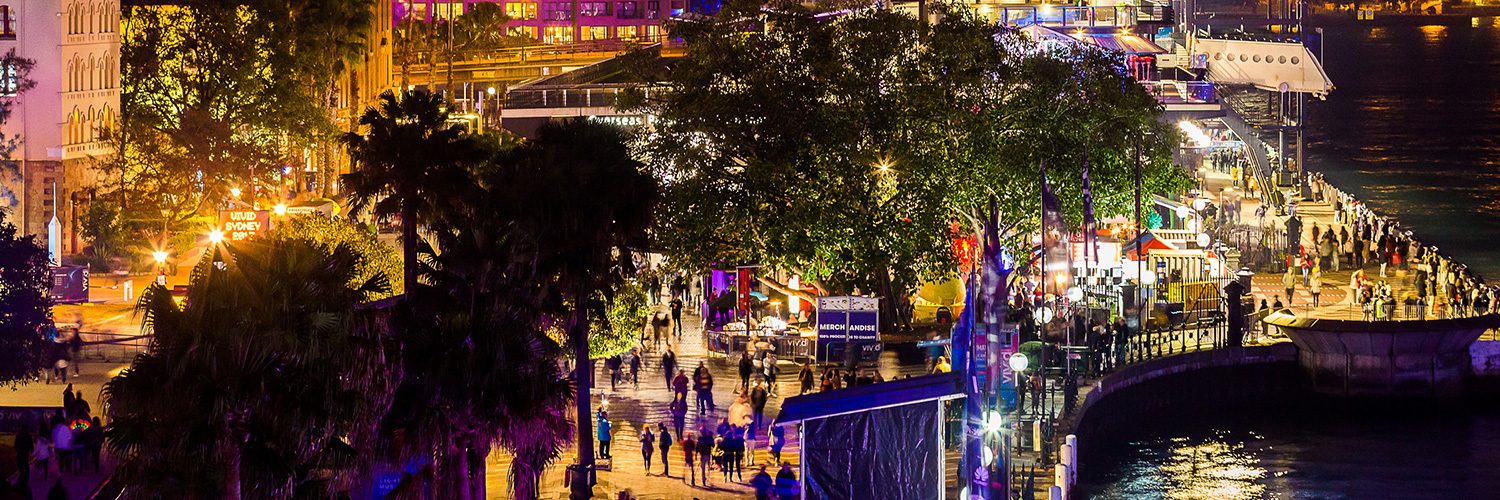Following public outcry over the violent and senseless deaths of Thomas Kelly and Daniel Christie, and severe injury to a number of other young people in Sydney’s CBD, life-saving alcohol control measures were introduced to the city in 2014.
Four years on, 80 per cent of 18-34 year olds in NSW support a closing time for pubs, clubs and bars of no later than 3am, and the majority of 18-24 year-old New South Welshmen support a 1am lockout.
And it doesn’t stop there.
Since the measures were introduced, Sydneysiders have seen:
- dramatic reductions in non-domestic violence, especially in entertainment precincts1,2
- reduced rates of alcohol-related serious injury,3 and
- 60 per cent reduction in serious facial injuries requiring surgery.4,5
Despite the success of these measures, and widespread community support for them, NSW MLC Robert Borsak is now attempting to have the legislation repealed, propagating a dangerous fiction that would derail Sydney’s new vibrancy, threaten community health and safety, and put the city’s frontline emergency workers back in the firing line again.
When speaking to the Liquor Legislation Amendment (Repeal of the Lockout Laws) Bill 2018 in the NSW Legislative Council, the member of the NSW Shooters, Fishers and Farmers party made a series of claims about the alcohol control measures, including that Sydney’s Kings Cross and CBD entertainment precincts have been needlessly sacrificed.
Most of these claims are false and misleading, and frankly, dangerous. And ones that NSW/ACT Alcohol Policy Alliance (NAAPA) – which comprises 48 groups across frontline emergency services, law enforcement, health, community and research organisations – has categorically debunked.
For Mr Borsak to say that a trickle-down in the rate of violence in the years prior to 2014 was good enough for Sydneysiders is appalling.
It was the decisive measures introduced in 2014 that have given the Sydney community the safety, the freedom and the confidence to socialise after dark.
The truth is that ‘last entry’ and ‘last drinks’ measures have been life-saving, with a sharp drop in alcohol-related violence since the 2014 laws were introduced. Frontline emergency workers will tell you so.
Concurrently, Sydney establishments reached an all-time high in 2016, and again in 2017. And the city has never had more jobs or greater choice of drinks, entertainment and food options.
While Sydney’s nightlife profile has diversified, The City of Sydney’s own data shows it has the strongest and most concentrated night-time economy in Australia with year-on-year growth since 2011.
Borsak’s claims that Kings Cross and CBD businesses have been decimated, then, is pure fiction.
And, Sydney is in good company, being one of many international party places that benefits from harm minimisation measures, and is also well supported through increased police and transport options.
We’ve presented Senator Borsak and all New South Wales MPs with evidence from the frontline, so the NSW Parliament can be confident about the health of Sydney’s nightlife economy, and the indisputable success of the trading hour measures.
Let’s be clear.
Any repeal of the 2014 measures would shift the balance back to ‘violence over vibrancy’ and a return to the devastating toll that we know harms all of us.
It’s up to all of us now to stand up for these measures and the vibrant city of Sydney that so many of us love.
1 Menéndez, P., Kypri, K., & Weatherburn, D. (2017). The effect of liquor licensing restrictions on assault: a quasi?experimental study in Sydney, Australia. Addiction, 112(2), 261-268.
2 NSW Bureau of Crime Statistics and Research (2016, June 8). Lockouts and Last Drinks. Sydney: NSWBOCSAR. Accessed 2 November 2018 https://www.bocsar.nsw.gov.au/Pages/bocsar_news/Lockouts-Forthcoming-Research.aspx
3 Fulde, G. W., Smith, M., & Forster, S. L. (2015). Presentations with alcohol-related serious injury to a major Sydney trauma hospital after 2014 changes to liquor laws. Medical journal of Australia, 203(9), 366.
4 Robertson, J. (2016, March 31). Sydney lockout laws: Severe facial injuries ‘reduced 60 per cent’. The Sydney Morning Herald. Retrieved from: http://www.smh.com.au/nsw/severe-facial-injuries-reduced-60-per-cent-since-lockouts-took-effect-20160331-gnv5pl.html
5 Royal Australasian College of Surgeons (2016). Massive drop in facial fractures and single punch attacks in Sydney CBD and Kings Cross. Media release – 5 May 2016. Retrieved from: https://www.surgeons.org/media/24111976/2016-05-05-med-thursday-racs-asc-massive-drop-in-facial-fractures-and-single-punch-attacks-in-cbd-and-kings-cross.pdf








2 comments